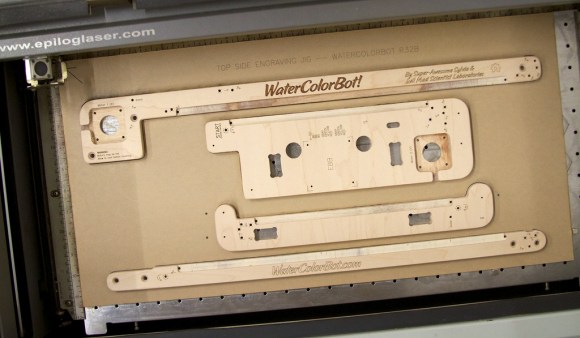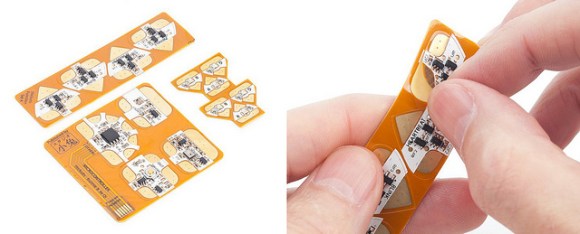Page rankings are the secret sauce of websites that automatically aggregate user submissions. The basic formula used by Hacker News was published a few years back. But there are several pieces of the puzzle that are missing from that specification. [Ken Shirriff] recently published an analysis that digs deeper to expose the article penalization system used by Hacker News’ ranking engine.
One might assume that the user up and down votes are what determine a page’s lifespan on the front page. But it turns out that a complex penalization system makes a huge difference. It takes into account keywords, and domain names but also weighs controversy. It’s a bit amusing to note that this article on the topic was itself penalized, knocking it off of the front page.
You can get the full details of the system from his post, but we found his investigation methods to be equally interesting. He scraped two pages of the news feed every minute using Python and the Beautiful Soup package (a pretty common scraping practice). This data set allowed him to compare the known algorithm with actual results. What was left were a set of anomalies that contained enough sense for him to reverse engineer the unpublished formulas being used.






 As always, everyone is welcome in our weekly discussion, even if you haven’t been keeping up with our progress through
As always, everyone is welcome in our weekly discussion, even if you haven’t been keeping up with our progress through 










